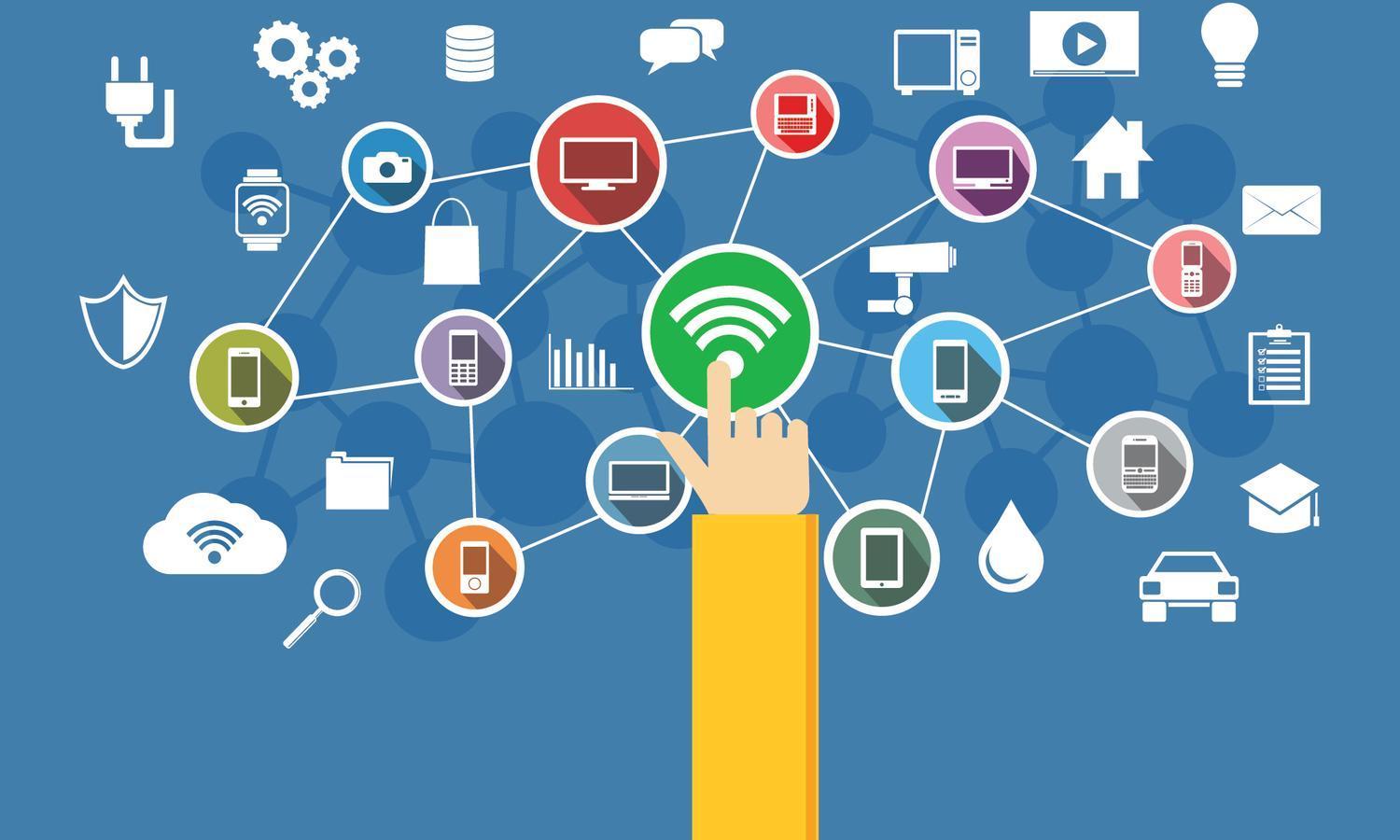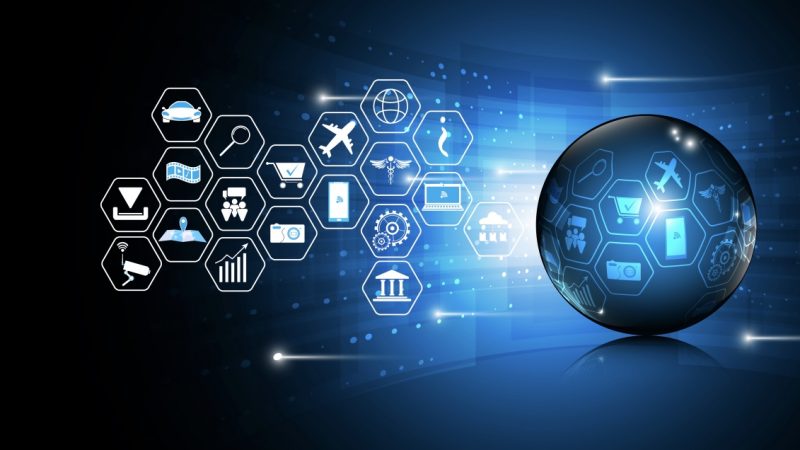What is the Internet of Things:
Inter·net of thingsnoun
The Internet of Things, in my own words, consists of all of objects or components in a home or city that have the ability to connect to the Internet and are controlled through the use of an application such as a Home Monitoring System, Entertainment Systems, Lighting, Communication Systems and other home or business appliances.
It’s the ability to turn on your lights using just your voice or from another place in the world, such as from your smartphone or PC when you are at work or in another place. It’s the ability to connect and control devices such as your TV, Stereo, Air Conditioning, Lights, Digital Camera, Media Device, Garage Door, Door Locks, Gates, and Video Surveillance; and in the future will assist with a better electrical and network design for homes and buildings.

An article on IoT by the Harvard Business Review says Smart Connected Products have 3 Core elements:
- Physical – made up of the product’s mechanical and electrical parts.
- Smart – made up of sensors, microprocessors, data storage, controls, software, and an embedded operating system with enhanced user interface.
- Connectivity – made up of ports, antennae, and protocols enabling wired/wireless connections that serve two purposes, it allows data to be exchanged with the product and enables some functions of the product to exist outside the physical device.
These smart, connected products require manufacturers to build new infrastructure to support connectivity, such as adding sensors, software solutions for the company and the users and even the electrical power system to enable greater efficiency, data management, monitoring and use.
To support this new technology, electrical, cabling, and the Home Operating System must evolve, providing better infrastructure for homes and buildings to support optimal connectivity. It is unknown whether a wireless infrastructure will prove to be better than a more accessible hardwired system, as some smart devices offering bluetooth connectivity are proving less adequate than built in wireless cards like what is found in a laptop, smartphone, or smart television.
Ideally, a new smarthome would have a built in network system with digital products connected to the home network, with applications to monitor and control power, use, and remote connection and end user control. New gadgets are being offered individually, such as the Smart TV, or home camera surveillance, and can be connected to allow for a centralized system to connect, control and monitor; what industry is calling a Home Automation System, but it is greatly lacking in a Standard Software Package or remote for the everyday user. For instance, I have a smartphone, a laptop, and a smart TV, powered by Cox Communications, yet I don’t have a Home Networking System that will allow me to switch devices, cast on multiple devices, control or monitor use or even view usage rates, times, and connectivity rates or even review my own “Media Profile” such as length of time on the Internet, Viewing Content, and buying habits.
If I went out and purchased a lighting system that I could control with an application, it still doesn’t connect to my TV, so I could monitor power usage or even set the mood (or a Home Mood Profile) where I can stream a romantic song, turn the TV to a channel that displays the ocean and its sound, and set my lights to a low display, while it kicks on my electric candles, fireplace and selects a particular fragrance in my air freshener or electronic infuser and then turn off all of these devices when I make my way to my bedroom with my romantic partner, or to the spa that was automatically kicked on for optimal pleasure and energy savings.
Get the picture? So there are many advantages to smart, connected devices, yet we still don’t have our hands on a Home Operating System for the Internet of Things to allow for maximum use by Power Companies, Builders, Home Users, and Companies operating in multiple locations. They are being offered individually, with smartphone apps and web applications, not connected and not as smart as they could be.
Netflix, Hulu, YouTube and other Internet TV providers already allow for users to stream to their devices, can monitor and limit connectivity to the number of devices and have their own parental control system; changing the Cable and Satelite TV industry, just as the MP3 player and streaming music changed the way we buy and listen to records, yet they are not connected and only accessible, usable, and controllable with a laptop, player, or smartphone. The Smart TV has evolved to do all of these things, yet lacks the ability to make a phone call or turn off the lights with your remote control. When companies come together and find an optimal solution for Home Automation, we will see great evolution in Home Networking and the Internet of things, but right now a smart phone app is not enough, not for a Tech Savvy User with a Vision anyway.
